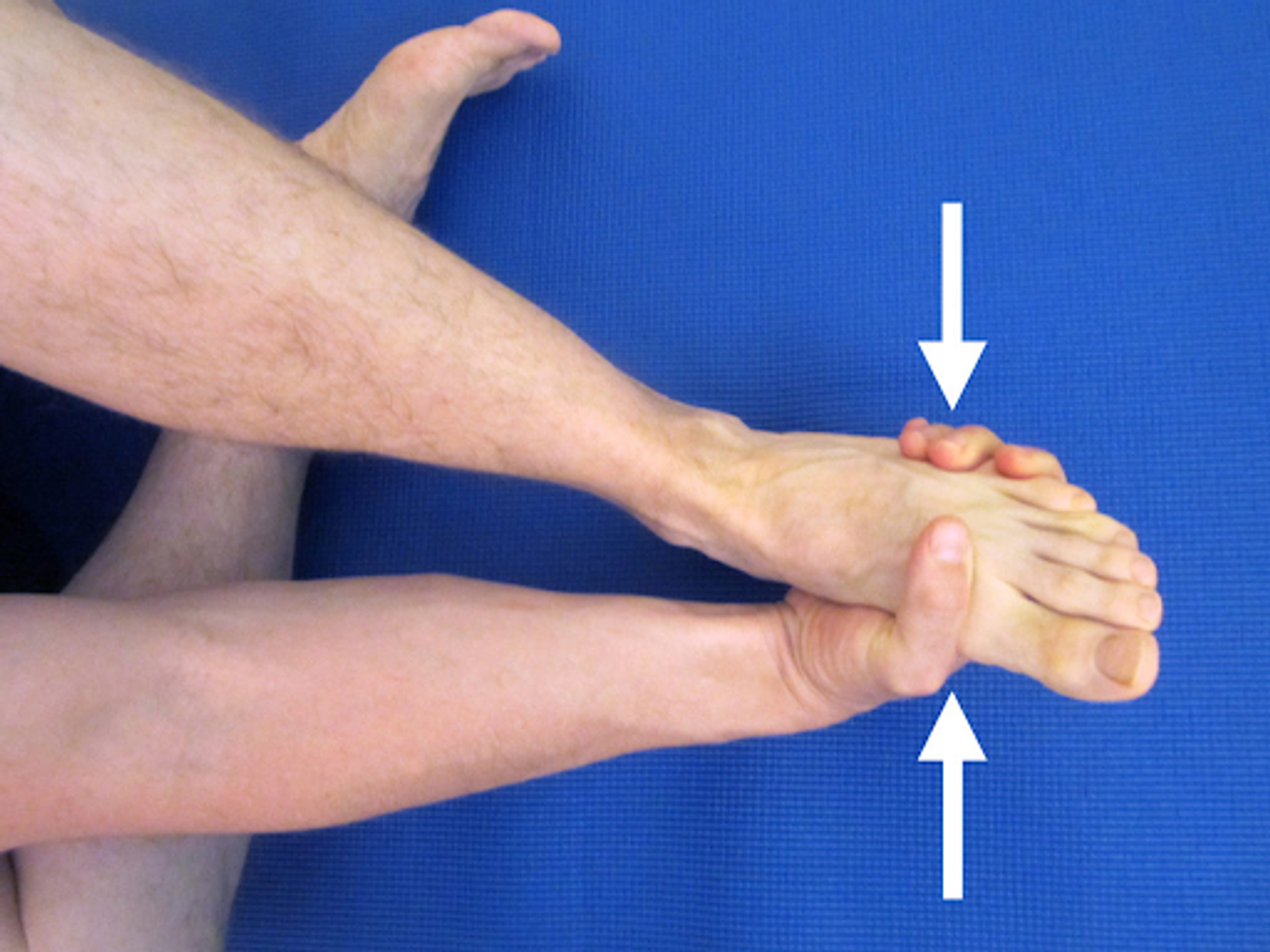What is Morton’s Neuroma & How Can Orthotics Help? | Orthotics Direct
Posted by Orthotics Direct on 2021 Aug 24th
Morton’s neuroma is a little-known yet commonly-felt condition that creates the sensation of having a pebble in your shoe. Left untreated, it can lead to permanent nerve damage among other problems. However, custom orthotics, in conjunction with other treatments, can help reduce the discomfort and complications of Morton’s Neuroma. This post will examine how they can help.
Cause and Symptoms of Morton’s Neuroma
Morton’s neuroma starts when the tissue around the nerves leading to your toes thickens. These tissues appear to thicken when a person wears high-heeled or tight shoes that compress the toes.
Other causes of Morton’s neuroma appear to be participation in high-impact sports that induce repetitive trauma and stress on your feet. They include the likes of rock climbing and snow skiing.
Also, people who have pre-existing foot deformities seem to have an elevated risk of Morton’s neuroma. Sufferers of bunions, hammertoes, high arches and flat feet are more likely to develop the condition.
Morton’s neuroma doesn’t cause many symptoms, but the few symptoms it causes are quite distinct and noticeable.
Symptoms of Morton’s Neuroma
- The sensation of standing on a pebble in your shoe
- A burning pain that strikes the ball of your foot and radiates into your toes
- A feeling of tingling or numbness in your toes
Any one or a combination of these symptoms, especially if they’re relentless, is a sign of Morton’s neuroma.
If you present these symptoms to your doctor, they will likely conduct one of the following tests.
- Physical Exam - Your doctor will press on your foot to locate what feels like a mass. This may feel tender or produce a “clicking” sensation between your foot bones.
- X-rays - Your doctor may order x-rays to rule out other injuries such as stress fractures which may cause pain and discomfort similar to Morton’s neuroma.
- Ultrasound - This type of imaging uses sound waves to help doctors create images of bodily structures. They’re useful in helping doctors spot abnormalities in soft tissue including those seen in Morton’s neuroma.
- Magnetic resource imaging (MRI) - This type of diagnostic imaging uses magnetic fields to locate tissue abnormalities and can be helpful in diagnosing Morton’s neuroma.
In addition to physical examination, the imaging that will likely come in handy most is an ultrasound. They are the most affordable of three diagnostic imagery and adept at finding tissue injuries.
X-rays are helpful in finding bone and joint injuries, but not tissue injuries like Morton’s neuroma. MRIs are also helpful but they’re costly and may sometimes produce false positives or negatives (showing neuromas that aren’t there or not detecting neuromas that are present).
How Orthotics Can Help
Fortunately, Morton’s neuroma is a very treatable condition especially if detected early. The first line of treatment will no doubt be non-invasive and conservative. It will likely begin with orthotic footwear and orthotic solutions.
In terms of shoes, your best bet is to wear shoes that have plenty of room. Shoes with deep and wide toe boxes are ideal since they provide adequate room for the foot. These types of shoes also make it easy to insert custom orthotics. Also, shoes that offer plenty of cushioning are important since they relieve the pressure on already-strained toes.
In terms of orthotics, custom insoles can help to reduce the pressure on toes, giving them a chance to heal. The most effective insoles are moulded to fit the shape and structure of your feet.
Here at Orthotics Direct, we offer digital and physical foam casting that can help you choose the best footwear and insoles to treat Morton’s neuroma.
What Happens if Orthotics Alone Don’t Help
In aggressive or advanced cases of Morton’s neuroma, orthotics alone may not help. In such instances, a patient may need steroid injections to keep the pain under control. More severe cases may require surgery, either to cut nearby structures to relieve pressure on nerves. Surgery may even involve the removal of nerves altogether.
Practical Steps to Manage the Condition
A major aspect of treating Morton’s neuroma is by making the right lifestyle choices. Staying active, eating healthy and keeping stress under control can keep your inflammation levels down (which is likely a contributing factor to the condition).
But taking good care of your feet is essential.
Make smart choices about footwear, wearing shoes that are comfortable, not just fashionable. Also, make sure to rest your feet often especially if you’re an active person and consider hacks such as submerging your feet in cold water (to reduce inflammation). Taking these steps can help you minimize Morton’s neuroma and help you heal altogether.
Are you looking for orthotic friendly footwear and solutions for Morton’s neuroma? Get in touch with us so we can help you make the right pick!

